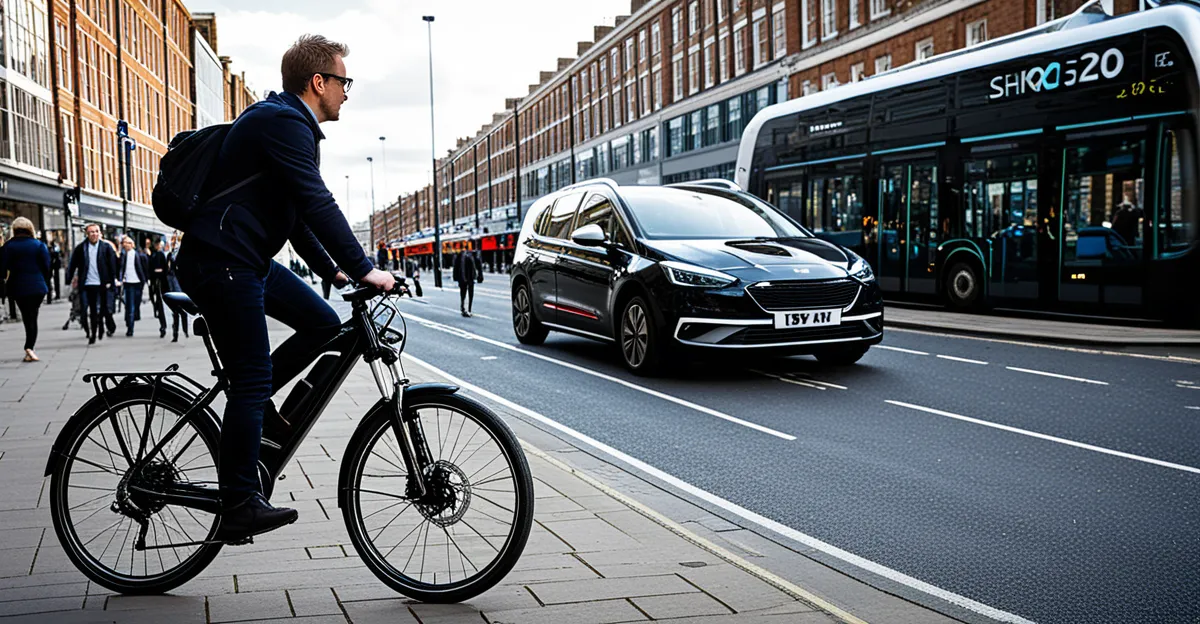
How Digital Connectivity is Reshaping Real Estate Values in the UK’s Remote Areas;156Transforming Suburbs: The Impact of Remote Work on Future Real Estate Markets;156Unlocking Blockchain’s Potential: Transforming Real Estate Deals with Unmatched Ef
The Role of Digital Connectivity in Real Estate Value Shifts As digital connectivity improves in remote areas, there’s a notable transformation in real estate values.[…]

What Are Popular British Dishes and How Are They Traditionally Prepared?
Overview of Popular British Dishes British cuisine is renowned for its rich heritage and hearty, comforting flavours. A list of British dishes often includes staples[…]

What are the best methods for making a traditional spotted dick?
Traditional Spotted Dick: Essential Ingredients and Equipment Crafting a traditional spotted dick centers on a few key ingredients that create its classic British identity. The[…]
How is the UK government tackling rising housing costs?
Recent UK Government Housing Policies and Reforms Recent UK government housing policy has focused sharply on increasing affordable housing and boosting supply. Over the past[…]

How Will Electric Vehicles Transform the UK’s Automotive Sector?
Immediate Impacts of Electric Vehicle Adoption on the UK Automotive Sector Electric vehicle adoption is rapidly reshaping the UK automotive industry, with immediate impacts visible[…]
What Are the Lesser-Known Aspects of UK Politics?
Hidden Power Structures in UK Politics Behind-the-scenes UK politics reveal a complex web of power brokers who shape the country’s direction without standing for election.[…]
What are the effects of Brexit on UK education systems?
Immediate impacts of Brexit on UK education systems Brexit effects on education have led to notable changes in the UK education system, particularly in policy[…]

How Digital Connectivity is Reshaping Real Estate Values in the UK’s Remote Areas;156Transforming Suburbs: The Impact of Remote Work on Future Real Estate Markets;156Unlocking Blockchain’s Potential: Transforming Real Estate Deals with Unmatched Ef
The Role of Digital Connectivity in Real Estate Value Shifts As digital connectivity improves in remote areas, there’s a notable transformation in real estate values.[…]
How Can Emerging UK Technology Transform Healthcare Access?
Innovative Technologies Shaping Healthcare Access in the UK The UK health tech innovations have significantly reshaped how patients access care. Emerging UK healthcare technology focuses[…]

How is the UK improving healthcare accessibility for rural populations?
Key Government Policies Enhancing Rural Healthcare National strategies in the UK healthcare policy actively target rural health disparities by prioritizing healthcare accessibility in remote areas.[…]

How is UK technology advancing renewable energy solutions?
Recent Technological Developments in Renewable Energy The landscape of renewable energy technology in the UK is evolving rapidly, driven by cutting-edge innovations and green tech[…]

How Does the UK’s Healthcare System Impact Daily Life?
Practical Overview of the UK’s NHS Structure The NHS overview reveals a healthcare system designed to provide comprehensive services to all UK residents. It operates[…]
How can you improve energy efficiency in a UK household?
Key Strategies to Improve Home Energy Efficiency in the UK Small changes today for a greener tomorrow To improve energy efficiency UK homes, start with[…]

How Can the UK Improve its Healthcare System to Better Serve Citizens?
Addressing Current NHS Challenges to Enhance Patient Care The NHS challenges are multifaceted, prominently featuring funding shortages, workforce pressures, and significant access delays. These current[…]

How can you cook a flavorful bubble and squeak?
Step-by-step recipe for a flavorful bubble and squeak To master a bubble and squeak recipe, start with the essential ingredients: leftover mashed potatoes, cooked cabbage,[…]

How Is Innovation Reshaping the Future of the UK Automotive Industry?
Impact of Technological Innovation on the UK Automotive Sector Technological innovation is reshaping the UK car industry technology landscape at an unprecedented pace. The rise[…]

What Are the Future Scenarios for Urban Mobility Innovation in the UK?
Projected Technological Advancements in Urban Mobility Urban mobility innovation in the UK is rapidly accelerating, driven chiefly by the rise of electric vehicles UK and[…]

How Is the UK Government Supporting Tech Growth?
Overview of UK Government Support for Tech Growth The UK government has been actively promoting a robust framework of initiatives aimed at fostering tech growth[…]
What are the benefits of using smart home technology in UK homes?
Key Benefits of Smart Home Technology in UK Homes Smart home benefits UK residents enjoy include enhanced energy efficiency, improved convenience, and increased security. These[…]

Top Fashion Designers for Navigating Uncertain Times
Navigating Uncertain Times: Top Fashion Designers Leading the Way In the ever-evolving and often unpredictable world of fashion, designers are faced with a myriad of[…]

Fashion Tips for Every Season for Sustainable Growth
Embrace sustainable fashion every season with these essential tips. Discover how to curate a wardrobe that prioritizes eco-friendly materials and ethical practices without sacrificing style.[…]

The Latest Fashion Trends for Navigating Uncertain Times
Navigating Uncertain Times: The Latest Fashion Trends and Industry Insights In the ever-evolving landscape of the fashion industry, navigating uncertain times requires a deep understanding[…]